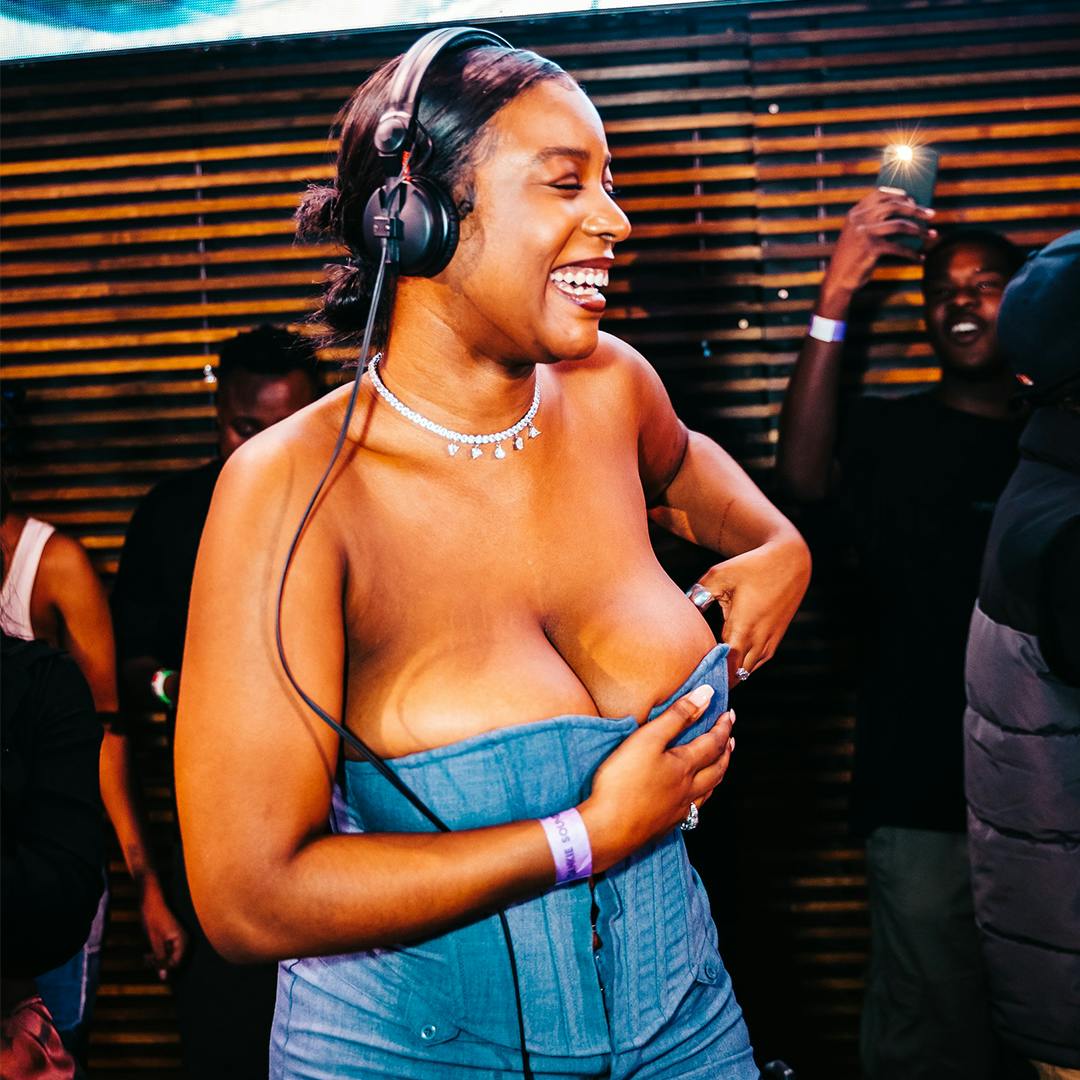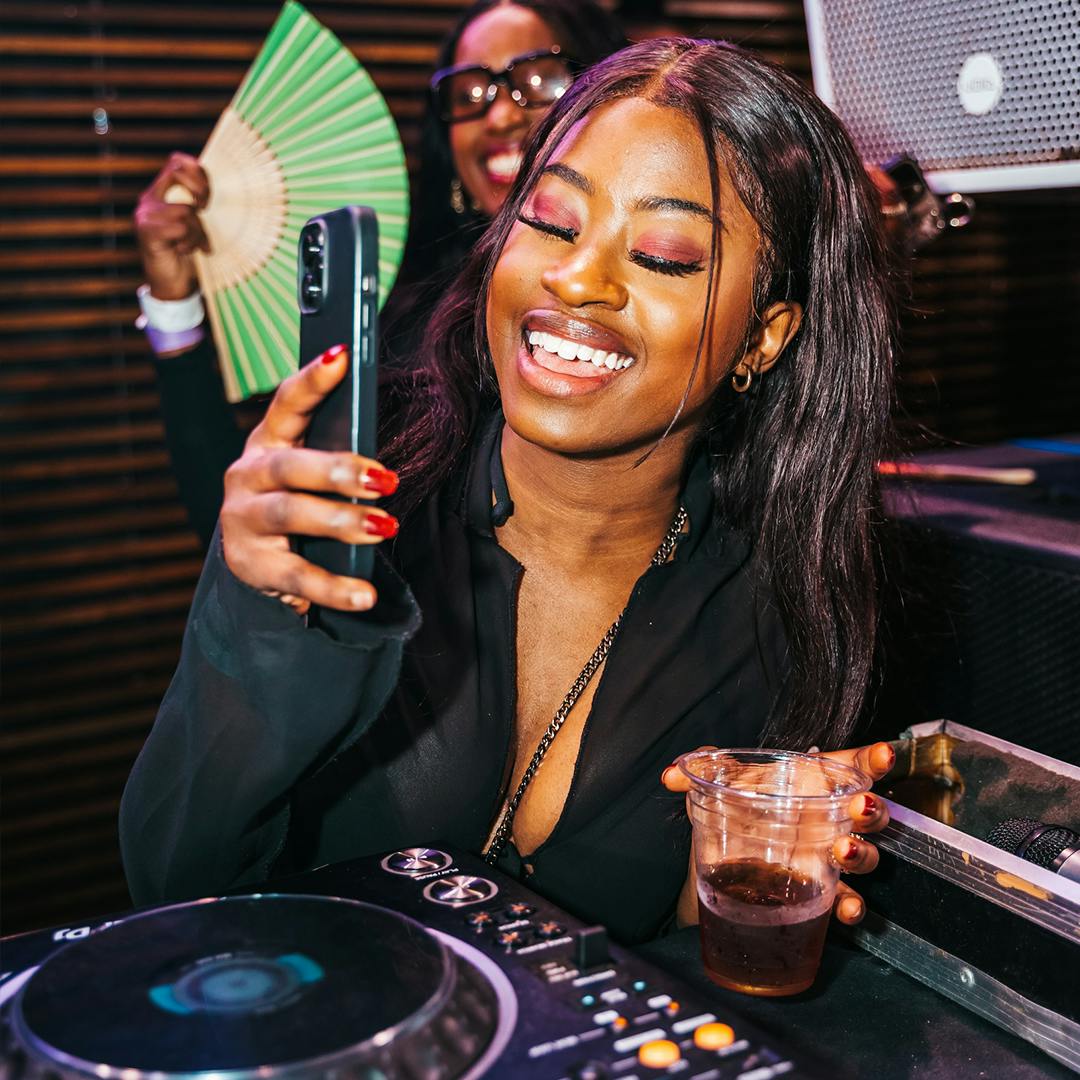If you grew up in Sub-Saharan Africa in the ’00s – as I did – the unmistakable sounds of South African electronic music were inescapable. Whether it was Black Coffee’s smooth Afrohouse, DJ Cleo’s Es’khaleni kwaito compilations, or Bucie’s soulful house vocals, South African music was guaranteed to soundtrack everything from your drive home from school to the music videos you’d spend your weekends watching on Channel O (before MTV, African youth turned to Channel O for a daily dose of the latest African hits). Fast forward to 2023, where amapiano DJ and viral sensation Uncle Waffles has landed a coveted spot on this year’s Coachella lineup, and South African electronic subgenres have become the world’s weekend soundtrack.
Amapiano, or simply piano, is a subgenre that has quickly captured the world’s attention. Meaning ‘the pianos’ in Zulu, the genre emerged in the mid ’10s with its signature jazzy piano melodies over a log drum percussion that acts as a spiritual bassline, drawing on traditional South African rhythms. Slower than its gqom, Afrohouse and kwaito predecessors, amapiano leaves room for a groove, allowing its listeners to create slick intricate dances that are now weaved into the fabric of the culture that surrounds it. As the South Africans describe it, “The aim is not to sweat.”

